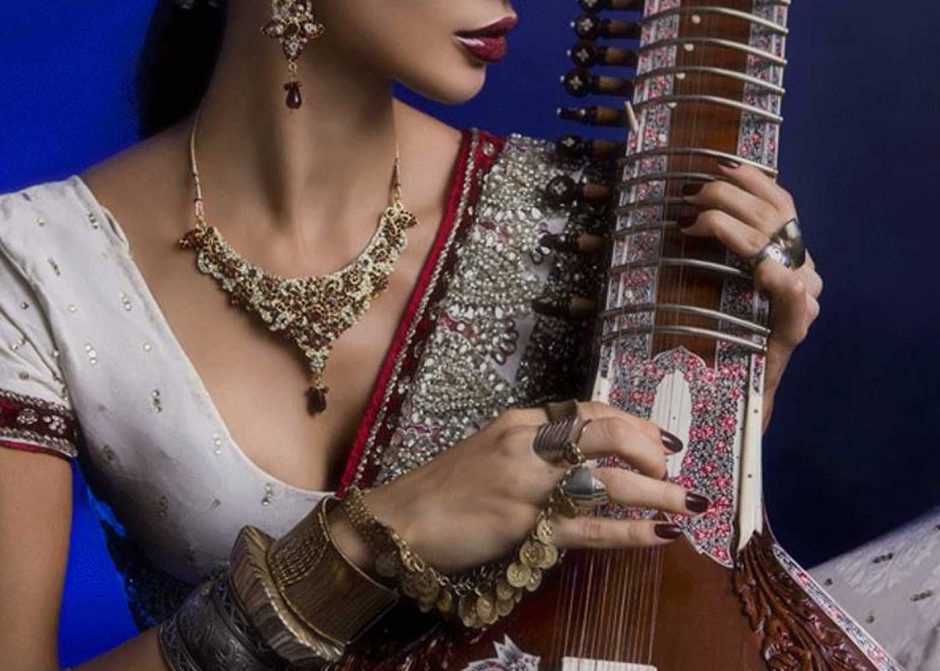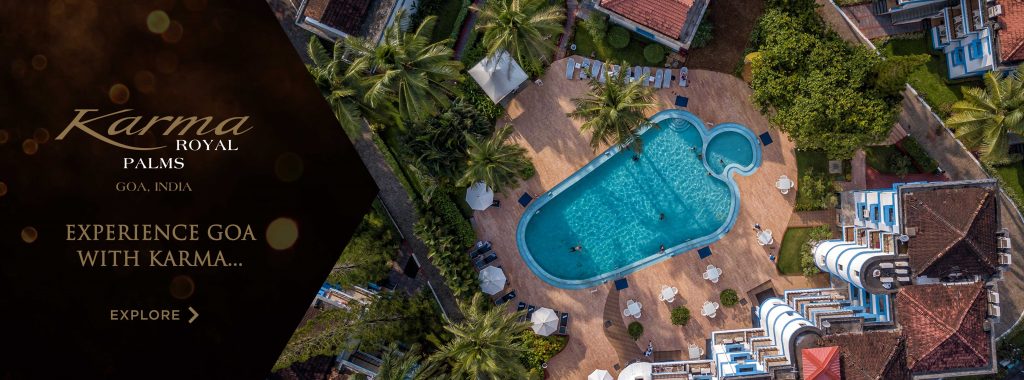It is widely believed that there are only two great classical music traditions in the world – the western and the Indian. Both have been refined over centuries and both demand incredibly high levels of proficiency from composers and musicians – who are often one and the same.
When Mozart was writing his symphonies, the great Saint Tyagaraja of southern India, was shaping a quite different classical music tradition, composing & performing raags or ragas that remain popular to this very day across India and amongst the Indian diaspora. Indeed Indian classical music can be traced back three and a half millennia to when the vedas were first formulated…
A virtuoso of Indian music can spend a lifetime mastering their art, yet every performance is improvised, albeit within the bounds of a complex rhythmic and melodic structure – the raag or raga. It is participatory too, in the sense that players and audience together aim to reach a heightened state – the audience literally accompanies the performance with a subtle yet visible commentary in the form of hand gestures and sounds.
Rooted in the millennia old Vedic scriptures, for a long time Indian classical music was a strictly sacred form, intended to help precipitate awakening. Indeed, it retains a fundamental connection to India’s rich spiritual heritage. But over time, it took a divergent course, producing two distinct strands.
The Hindustani tradition of the north brought music from the temples into the courts and embraced outside influences, particularly from the Moghuls. The Carnatic tradition of the south evolved largely in isolation. Instruments differ across both – for example, the Sitar and Tabla are central to the northern tradition, while in the south it’s the Veena (a sort of zither) and the Mridangam drum. However, in both Northern and Carnatic traditions, the human voice is considered the highest form
With resorts in Goa, Kerala, Rajasthan and now Himachal Pradesh, Karma can help you discover both traditions, connecting you with the latest concerts and live performances during your stay. Often musical performances accompany dances – such as Kerala’s famous dance-drama, the Kathakali which visitors can see being performed at major festivals and events. To find out where you can take in a concert during your holiday, simply ask your Karma Odyssey concierge before you travel, or enquire at reception during your stay. Here’s an example of the Hindustani vocal tradition known as Khayal to get you in the mood!


Recent Comments